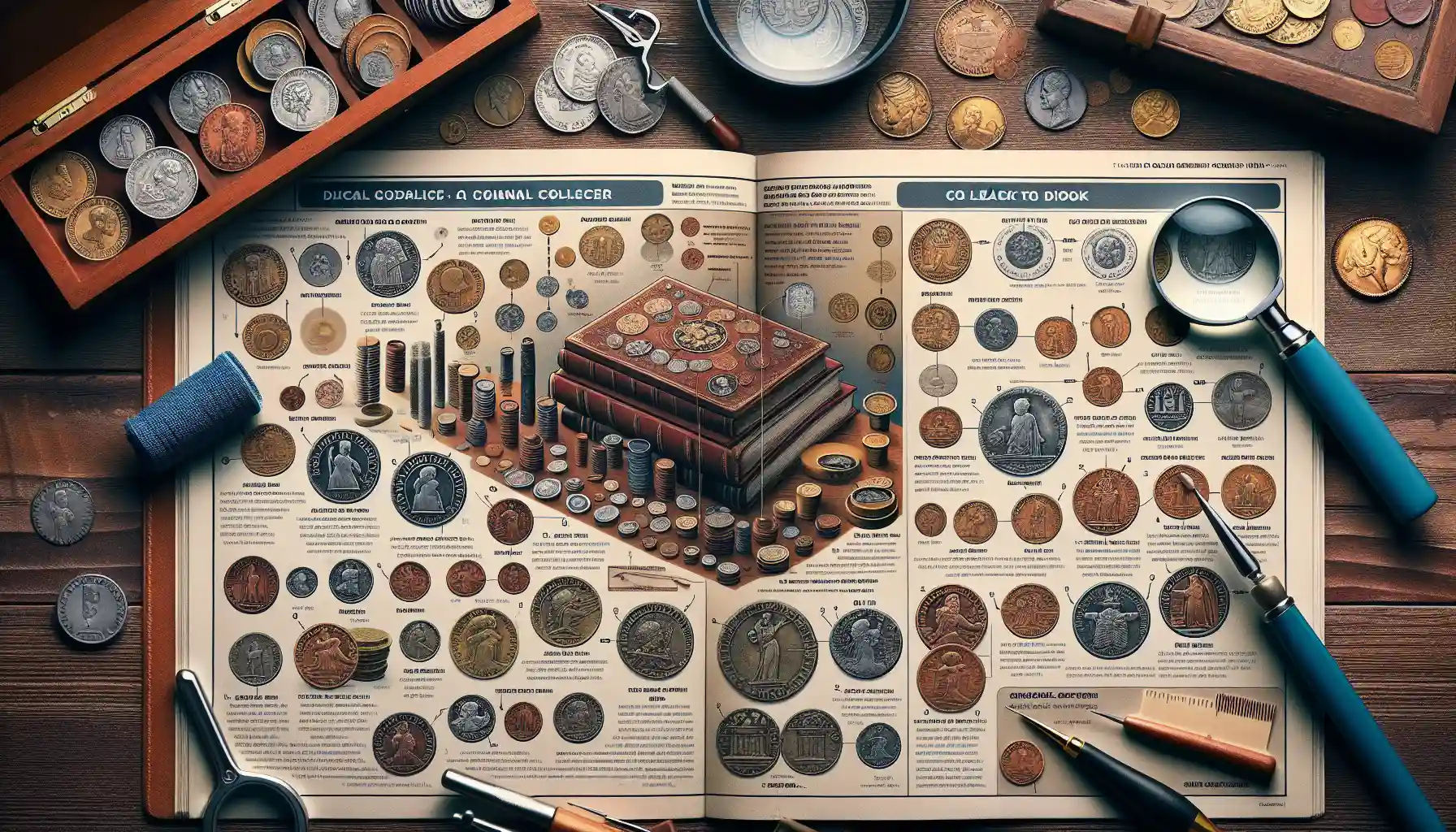Understanding the Basics of Coin Collecting as an Investment
Why Coin Collecting Is More Than Just a Hobby
Imagine holding history in the palm of your hand. That’s exactly what coin collecting offers—an intimate connection to the past, wrapped in shimmering metal and intricate designs. But this isn’t just about nostalgia or artistry; it’s about unlocking a treasure chest of potential investment value.
When you dive into the world of coin collecting, you’re not simply stacking coins. You’re building a portfolio that combines beauty, rarity, and financial opportunity. For instance, a humble-looking 1909-S VDB Lincoln penny might seem like pocket change to the untrained eye. Yet, for collectors, it’s a prized possession worth thousands due to its rarity and story. Isn’t it fascinating how a small copper coin can become a golden opportunity?
- Rarity: Coins with limited mintage or surviving specimens are like rare jewels—highly coveted and valuable.
- Historical Significance: A coin from Ancient Rome or the American Revolution carries stories that no stock certificate ever could.
So, when you start curating your collection, think beyond the monetary value. Each piece is a tiny time machine, whispering tales of empires, revolutions, and economies long gone.
Factors That Determine the Investment Value of Coins
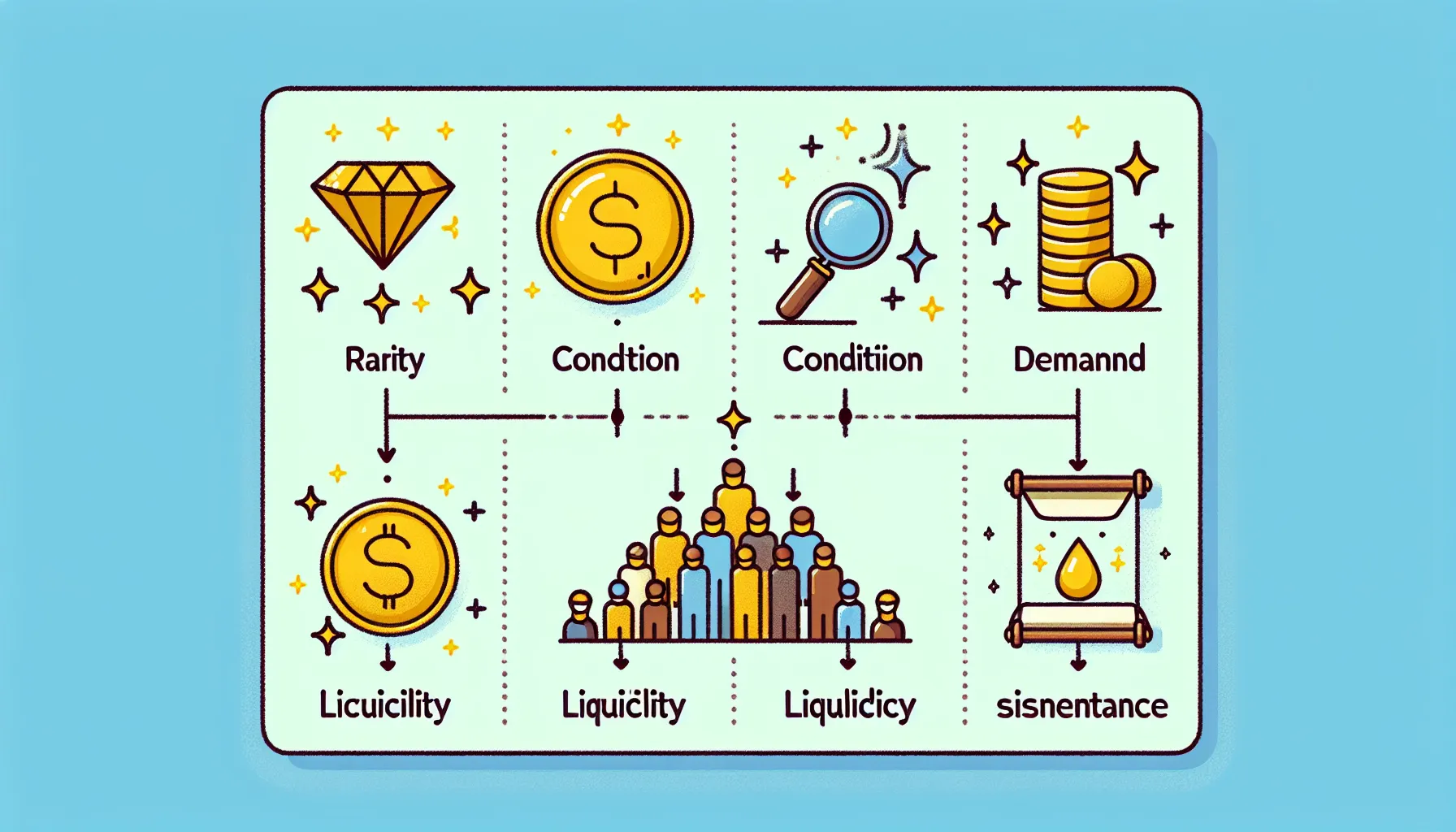
The Role of Rarity and Scarcity in Coin Value
Imagine holding a piece of history so rare that only a handful exist in the world. That’s the kind of magic
rarity brings to coin collecting. Coins aren’t just bits of metal; they’re time travelers, whispers from eras long past. The fewer there are, the louder their story echoes—and the higher their value climbs.
Collectors crave the elusive. A coin minted in limited quantities, or one that survived against the odds, becomes an irresistible prize. Take the 1933 Saint-Gaudens Double Eagle, for example. Its rarity turned it into a legend worth millions. But rarity isn’t just about numbers—it’s about the thrill of the hunt. Owning a scarce coin feels like catching lightning in a bottle.
Factors that enhance scarcity include:
- Mintage numbers: How many coins were made? Fewer means more coveted.
- Survival rate: Wars, melting, or wear-and-tear can dwindle the population.
- Errors: Misprints or anomalies often make a coin uniquely valuable.
The allure of scarcity lies not just in its investment potential but in the heart-pounding excitement it brings to every collector’s journey.
Benefits and Risks of Investing in Rare Coins
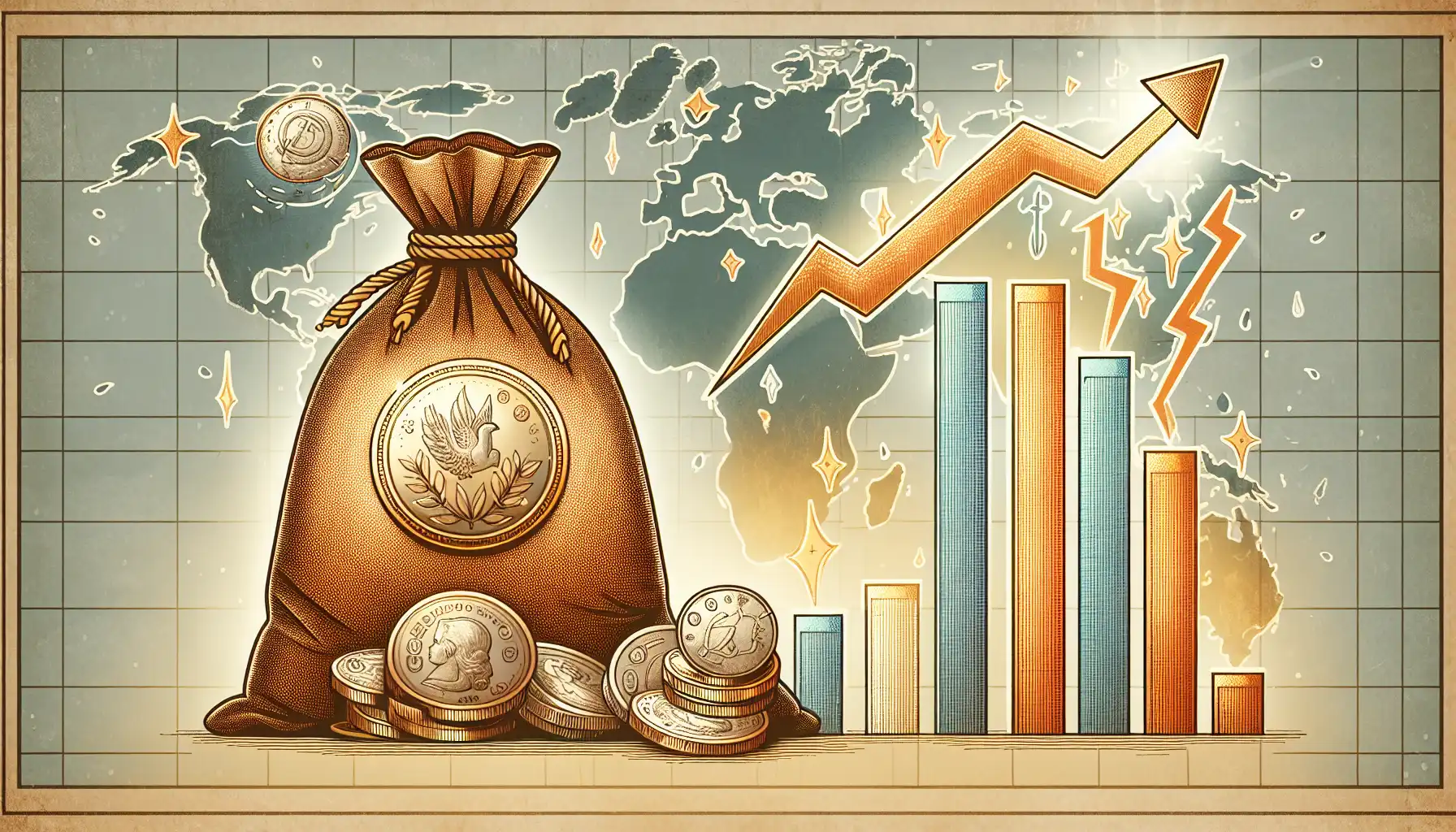
The Allure of Rare Coins: Why They Shine in Your Portfolio
Imagine holding a piece of history right in the palm of your hand. That’s what investing in rare coins feels like—like stepping into a time machine. But beyond their charm, these treasures have financial potential that can make even the savviest investor raise an eyebrow.
What makes them so special? For starters, rare coins often defy market trends. While stocks might sway with economic winds, a
1794 Flowing Hair Silver Dollar or a gleaming
Saint-Gaudens Double Eagle holds its ground, quietly appreciating in value. And let’s not forget scarcity—the backbone of their appeal. When something is both old and rare, demand has a way of skyrocketing.
- Tangible beauty: Unlike digital assets, you can actually see and touch these investments.
- Intrinsic value: Many rare coins contain precious metals like gold or silver.
- Historical significance: Each coin tells a story, from ancient empires to modern revolutions.
Investing in rare coins isn’t just about numbers—it’s about emotion. There’s a thrill in hunting down a coveted piece, and a deep satisfaction in knowing you’re preserving a fragment of history while growing your wealth.
Tips for Building a Valuable Coin Collection
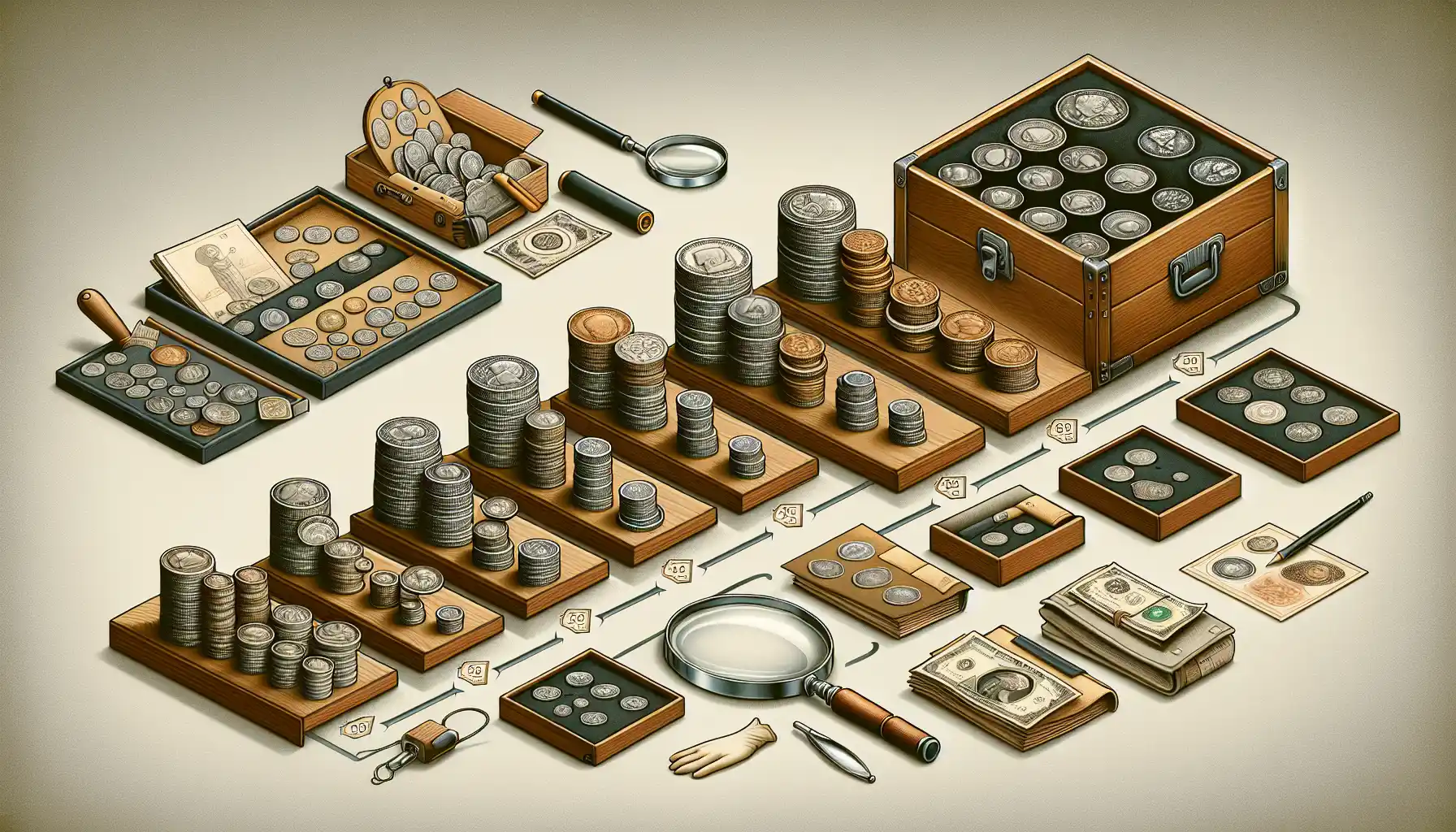
Finding the Gems in a Sea of Coins
Building a coin collection that holds value isn’t just about stacking random coins in a box—it’s like piecing together a treasure map, one glimmering piece at a time. To start, focus on what stirs your curiosity. Is it the intricate designs of ancient Roman coins? Or the rare, elusive beauty of a 1933 Saint-Gaudens Double Eagle? Your passion will guide you.
But passion alone isn’t enough; knowledge is your compass. Before buying, dive into research. Learn to spot key details, like mint marks, errors, or dates that make a coin shine brighter in collectors' eyes. For example, did you know that a simple "D" or "S" mint mark can mean the difference between a $10 coin and a $1,000 treasure?
Here are some tips to give your collection a solid foundation:
- Start small: Focus on one theme, like a specific country or era.
- Condition matters: Coins in pristine condition (graded MS-65 or higher) often skyrocket in value.
- Beware of fakes: Always buy from trusted dealers or auctions.
Remember, every coin has a story, but only some will tell yours. Choose wisely!
How to Evaluate If Coin Collecting Is Worth It for You
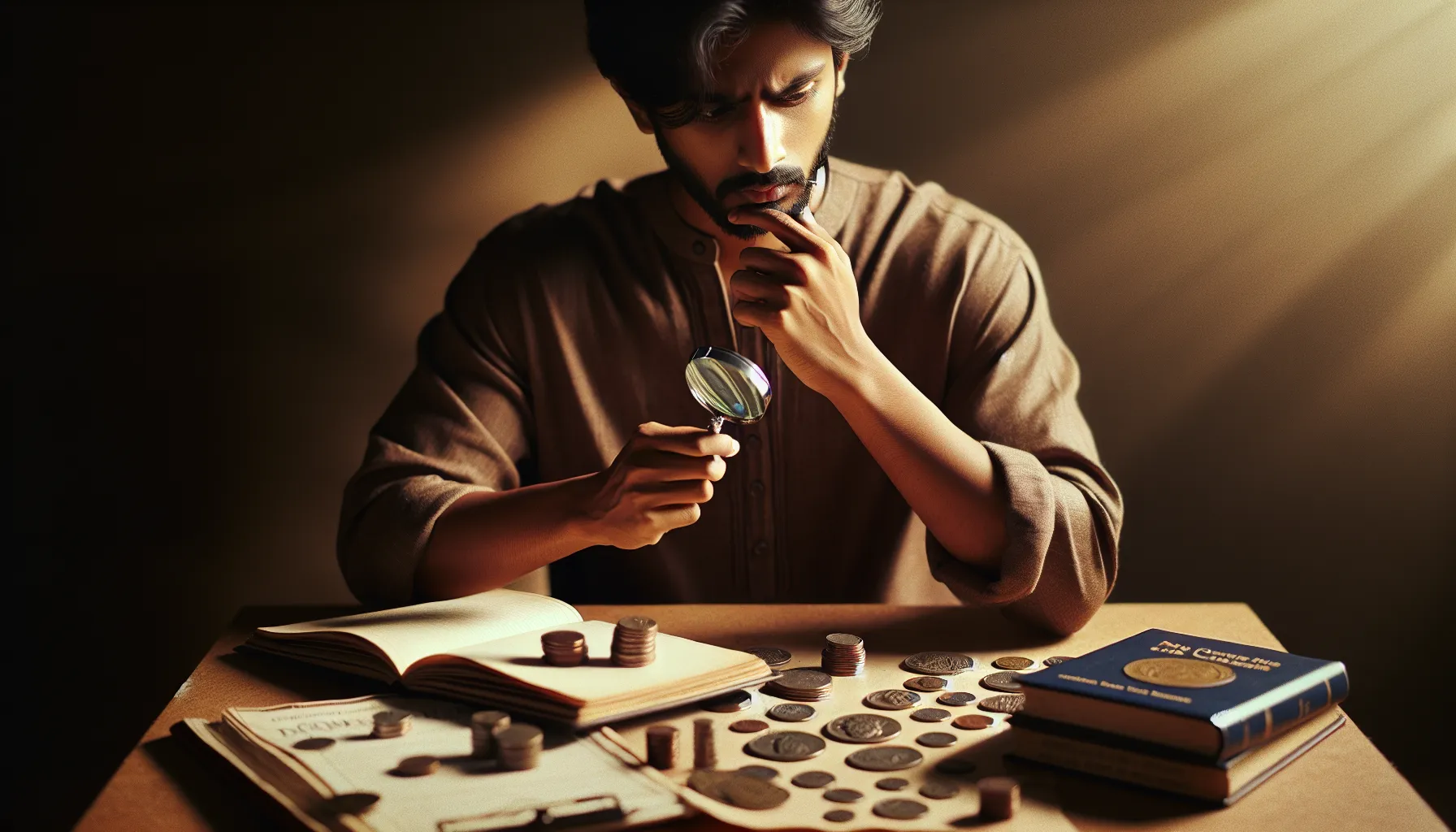
Understanding the Personal Value of Coin Collecting
Coin collecting isn’t just about numbers on a spreadsheet or a vault full of shiny discs—it’s an adventure, a treasure hunt that connects you to history and culture. Imagine holding a coin that jingled in someone’s pocket centuries ago, or discovering a rare mint error that feels like a secret only you’ve uncovered. That thrill? It’s priceless.
But let’s get practical. To figure out if this pursuit is worth your time and money, ask yourself:
- Do you enjoy researching and uncovering hidden stories? Coins often come with tales of empires, revolutions, and ancient trade routes.
- Are you patient? Building a valuable collection takes time—this isn’t a get-rich-quick scheme.
- Does the idea of owning something tangible excite you more than stock market figures?
A good rule of thumb: start small. Maybe pick a theme that resonates, like coins from a specific era or country. For instance, collecting
silver Morgan dollars could give you a mix of aesthetic beauty and investment potential. Whatever path you choose, make it personal—your collection should feel like an extension of your passions, not just a portfolio item.







